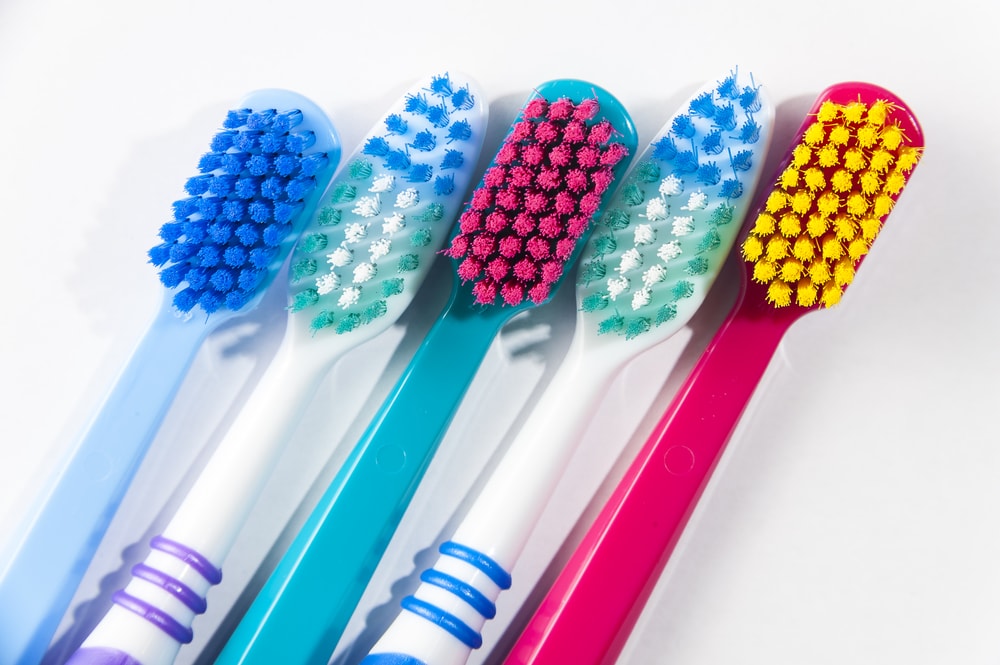The Right Type of Toothbrush

Types of Toothbrushes
There are two types of toothbrushes - manual and electric. Manual toothbrushes are the traditional ones that require you to move the brush back and forth to clean your teeth. Electric toothbrushes, on the other hand, use oscillating or rotating movements to clean your teeth.
Manual Toothbrushes
Manual toothbrushes are inexpensive and readily available. They come in various shapes, sizes, and bristle types, such as soft, medium, or hard. You can choose the one that suits your dental needs. Soft bristle toothbrushes are recommended as they are gentle on your teeth and gums.
Pros:
- Inexpensive
- Easily available
- Comes in a variety of shapes, sizes, and bristle types
Cons:
- Requires manual movement to clean teeth
- May not reach all areas of the mouth
- May cause gum irritation if used improperly
Electric Toothbrushes
Electric toothbrushes come with a rechargeable battery and use oscillating or rotating movements to clean your teeth. They are more expensive than manual toothbrushes but are known to provide better cleaning results. They also come with various features such as timers, pressure sensors, and different brushing modes.
Pros:
- Provides better cleaning results
- Requires less manual movement
- May reach areas that are difficult to access
Cons:
- Expensive
- Requires charging
- May cause gum irritation if used improperly
How to Choose the Right Toothbrush
Choosing the right toothbrush can be overwhelming, but here are some tips to help you:
Consider Bristles
Choose a toothbrush with soft bristles as they are gentle on your teeth and gums. Hard bristles may cause damage to your teeth and gums.
Size of the Brush Head
Choose a brush head that is small enough to reach all areas of your mouth, including the back of your molars.
Type of Handle
Choose a toothbrush with a comfortable grip that fits your hand well. A good grip will help you maintain better control of the brush while you are cleaning your teeth.
FAQ
Q. How often should I replace my toothbrush?
A. It is recommended to replace your toothbrush every three to four months or when the bristles become frayed.
Q. Should I use a hard-bristled toothbrush to clean my teeth?
A. No, it is not recommended to use a hard-bristled toothbrush as it may cause damage to your teeth and gums.
Q. Can an electric toothbrush clean my teeth better than a manual toothbrush?
A. Yes, electric toothbrushes are known to provide better cleaning results than manual toothbrushes as they use oscillating or rotating movements to clean your teeth.
Q. Can I share my toothbrush with someone else?
A. No, it is not recommended to share your toothbrush with someone else as it can lead to the transfer of germs and bacteria.
Conclusion
Choosing the right toothbrush is crucial for maintaining good oral health. Whether you choose a manual or an electric toothbrush, make sure it has soft bristles, a small brush head, and a comfortable grip. Don't forget to replace your toothbrush every three to four months to ensure optimal cleaning results.
